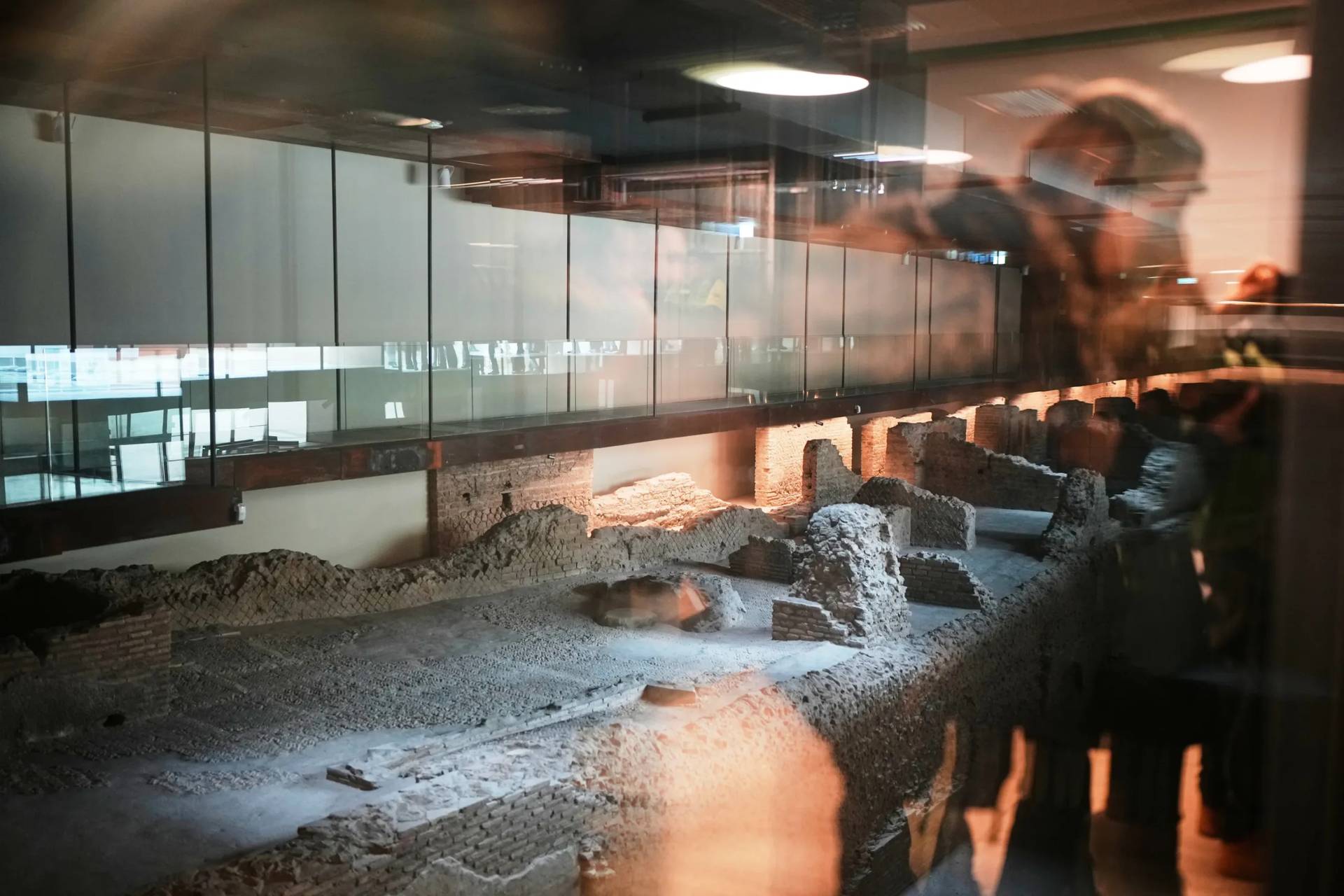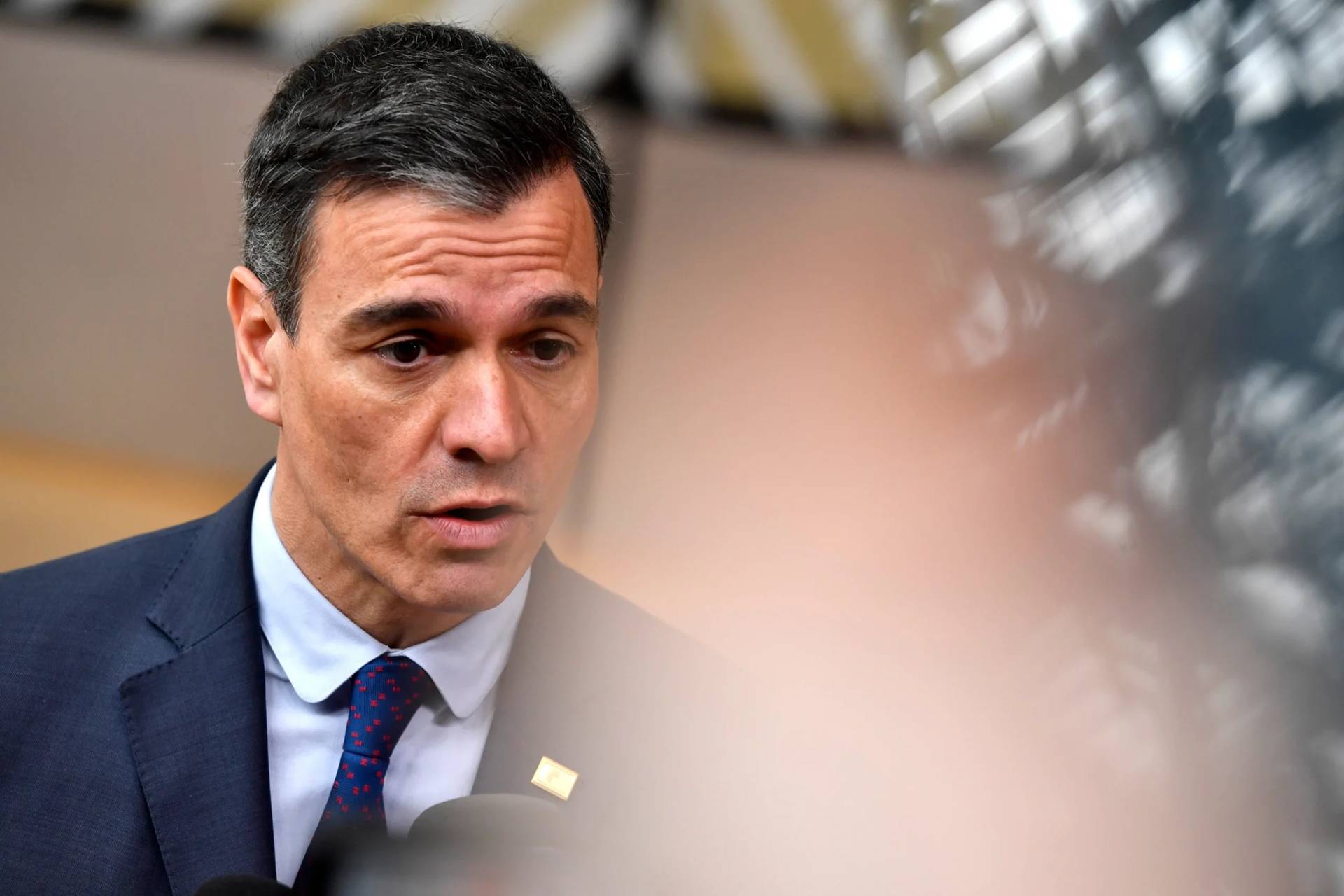ROME – For the first time since Italy’s system of public financing for religious and charitable causes was overhauled in 1984, income for the Catholic Church from public tax revenue has fallen below €1 billion, capping out this year at €910,266,000, which represents US $987,957,000.
Last year, the total was €1.3 billion, and in 2022 it was €1.1 billion.
While the declines reflect a gradual long-term drop in the number of Italians opting to direct a portion of their personal income tax payments to the Catholic Church, observers say the decline in 2024 also reflects an overall decline in income tax revenue due to accounting holdovers from the peak of the Covid lockdowns, which are still being reflected in collections.
Under Italian law, 0.8 percent of every taxpayer’s annual payment is devoted either to an organized religions which performs social services, or to a state-funded social assistance program. The system us known as otto per mille, meaning eight for every thousand.
Taxpayers are given a series of options on their tax forms, though only around 40 percent of Italians actually express a preference. The rest of the funds are distributed on the basis of the preferences expressed by those who actually made a choice.
At the moment, beyond the Catholic Church, authorized recipients of the otto per mille funds include the Waldensian Church, the Assemblies of God, the Seventh Day Adventists, the Union of Italian Jewish Communities, the Lutherans, the Baptists, the Greek Orthodox, along with the Italian Buddhist Union and the Italian Hindu Union.
If they choose, taxpayers also can opt to direct their contribution to the state.
Although Islam is now the second largest religion in Italy after Christianity, there is no authorized Muslim organization to receive tax funds, in part because of internal difficulties within the Islamic community in terms of identifying an agreed-upon representative.
As has been the case since 1984, the Catholic Church remained by far the most popular choice for otto per mille payments in 2024, selected by roughly 70 percent of those taxpayers who express a preference. The state generally finishes a distant second, followed by other religious groups.
One surprising fact about the otto per mille system is the relatively high share of Italian taxpayers – last year around three percent, representing more than 400,000 individuals – who choose to designate their funds for the Waldensian church, despite the fact that its total national membership is only about 24,000 people.
A Protestant community whose origins predate the Reformation, the Waldensians are indigenous to the northern Italian Piedmont region. Among other things, many observers credit their results in attracting otto per mille funding to a series of highly successful television commercials touting their social works.
During a recent assembly, Italy’s Catholic bishops announced that €275 million of their tax income will be devoted to charitable endeavors, €246 million to upkeep of existing worship spaces and construction of new facilities, €40 million will go to catechesis and education, and €9 million to regional ecclesiastical tribunals.
The single largest expense, at €389 million, will go to supplement priest salaries, which works out to a contribution of about €800 per month for the country’s roughly 40,000 Catholic priests.















